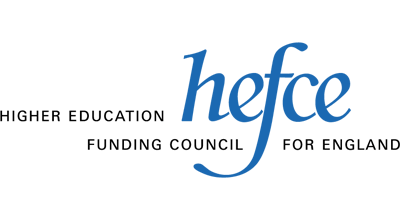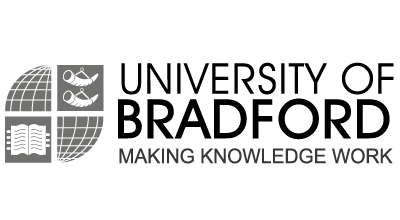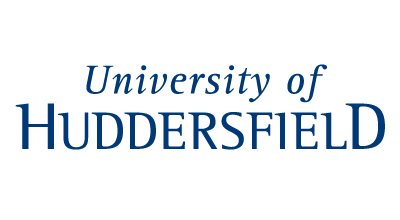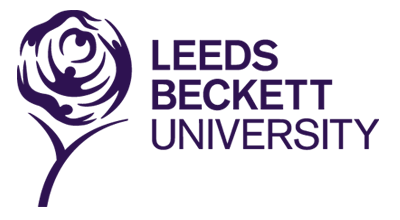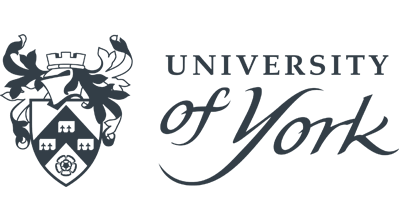Date published: 12/07/18
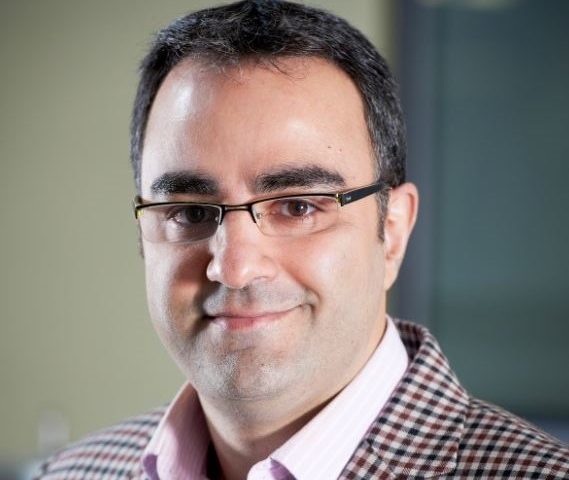
Electrospinning our way to a successful collaboration
- Name: Dr Farshid Sefat
- Current Organisation: University of Bradford
- Current Position: Lecturer
- Secondment organisation: University of Bradford
My role as an early career researcher
My name is Farshid Sefat and I am a lecturer in Biomedical Engineering Department at the University of Bradford (UoB). I previously acted as head of Biomedical Engineering Department at King Faisal University (Saudi Arabia) and also a Visiting Professor at Stevens Institute of Technology (New Jersey, USA).
I have completed my post doc at University of Sheffield (UK). I received my Ph.D. (2011) and BEng. (2005) degrees from University of Bradford (UK), both in Biomedical Engineering. I also obtained my MSc. (2006) in Biomedical Engineering (Cell and Tissue Engineering) from Keele University, (UK).
My current research is based on developing biomaterials to control cellular behaviour, with particular emphasis in developing engineered materials for tissue engineering. My key areas of research interests are fabrication and characterisation of biodegradable scaffolds for various tissue engineering products including both soft (cornea, breast and blood vessels) and hard tissue (bone and cartilage).
My team consists of 15 students and technicians including 4 PhD students working on various tissue engineering subjects.
Bringing Neotherix to Bradford
The main purpose of this secondment was to initiate a good collaboration between UoB and Neotherix. We wanted to begin using our new equipment in order to optimise a suitable electrospun scaffold for an engineering application for breast tissue.
I met the Neotherix team at a Translate meeting in Leeds where we discussed electrospinning and the problems around reproducibility of scaffolds for both soft and hard tissue engineering. We had lots of great ideas and decided to apply for this secondment with Bradford acting as the host institute.
Having the secondment take place at the UoB was a great match for our visitor, as we have one of the best electrospinning units in the country. It enables us to fabricate an excellent reproducible scaffold with almost identical parameters (such as thickness and fibre diameter).
What we achieved
Over a period of three months Dr Peter Iddon has used our new electrospinning equipment at UoB. In this secondment, the rotating drum collector equipment was used.
We achieved all of the aims and objectives that we planned in advance, such as;
- Produce proof-of-principle scaffolds containing an anti-cancer drug in support of future grant applications (to develop such scaffolds).
- Gain experience of using new rotating drum collector unit of the UoB electrospinning equipment and determine how best this can be used.
- Provided extra support for another project between Neotherix and Centre for Skin Sciences at the UoB.
The Institute of Cancer Research within the University of Bradford was also involved in this collaboration, and we used a newly developed anti-cancer drug in order to fabricate a patch for breast cancer treatment.
We held various meetings with Neotherix during the secondment to optimise our new electrospun patch, and they played an important role in the fabrication and optimisation of a reproducible scaffold with various concentrations of the drug.
The secondment was an excellent opportunity for both University of Bradford and Neotherix. As an early career researcher, I learnt a lot from Dr Iddon and we obtained significant quantity of data that will be used for a grant application. Some of our PhD and undergraduate students also benefited from this collaboration as we managed to formulate a good plan for a final year project to take place next year.
Another great success of the secondment was that it allowed me to develop a great collaboration with Neotherix Ltd as an industrial partner. This will help us to work closer in the future toward a commercialising a new product.
We also obtained good results with our new technology, as well as acquisition of great knowledge and skills for both host and visitor. I strongly recommend early career researchers to apply for such secondment in order to be involved in more collaborations as well as to have the opportunity to learn lots of new skills.


